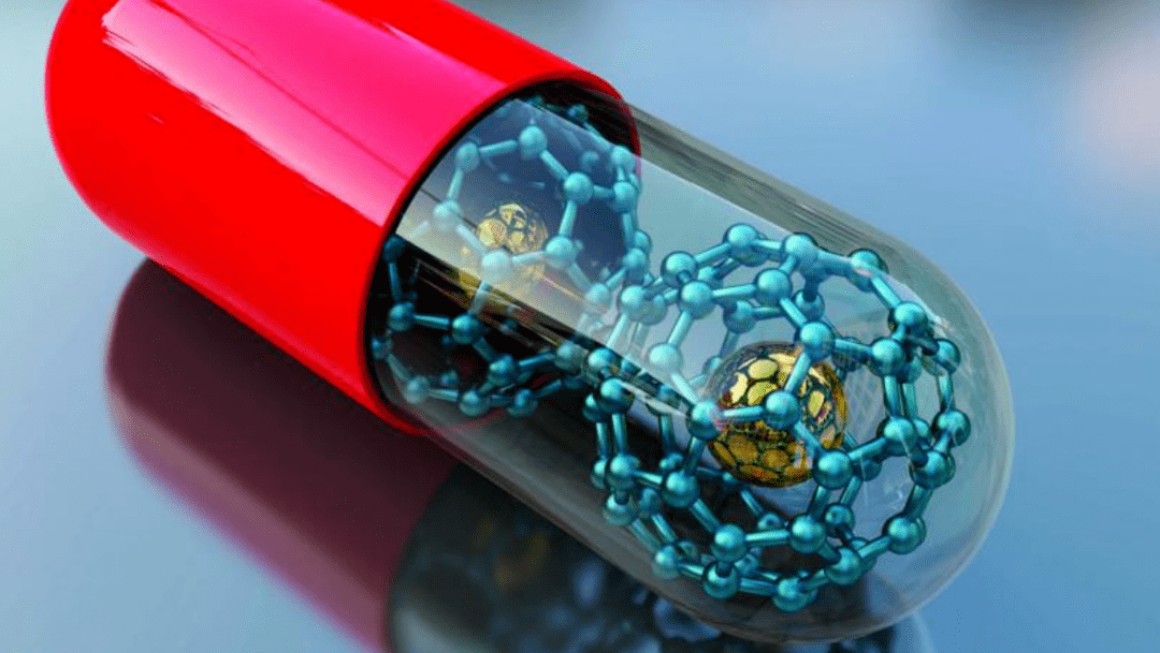The natural compound curcumin (Cur) can regulate the growth inhibition and cell apoptosi in diverse cancer cell lines. However, its properties of water insolubility and instability restrict its clinical applications.
To cope with the problem, researchers produced a Cur-coordinated reactive oxygen species (ROS)-responsive nanoparticles (PPHC) through the interaction between boronic acid and Cur and synthesized a highly biocompatible 4-(hydroxymethyl) phenylboronic acid (HPBA)-modified poly(ethylene glycol) (PEG)-grafted poly(acrylic acid) polymer (PPH). The diameter of the nanoparticles was 163.8 nm and the zeta potential was -0.31 mV. The Cur-coordinated PPHC nanoparticles improved the stability of Cur in physiological environment and they could release Cur timely by the interaction with hydrogen peroxide (H2O2). PPHC nanoparticles have evident antiproliferative effect in vitro in A549 cancer cells.
In addition, in the absence of N-acetyl-cysteine (NAC) which restricts the release of Cur by inhibiting ROS, the cell activity treated by PPHC nanoparticles was remarkably increased. At the same time, the ROS level of the A549 cells after incubation with PPHC nanoparticles obviously decreased, which further proved that ROS inhibition did influenced the therapeutic effect of Cur in PPHC nanoparticles. What’s more, pretreatment with phosphate-buffered saline (PBS) notably weakened the cytotoxic effect of Cur in A549 cells in vitro. However, it caused less damage to the activity of Cur in PPHC nanoparticle.
In conclusion, with the development of the stability of Cur-coordinated nanoparticles, the Cur could be released in cancer cells with the help of ROS.




